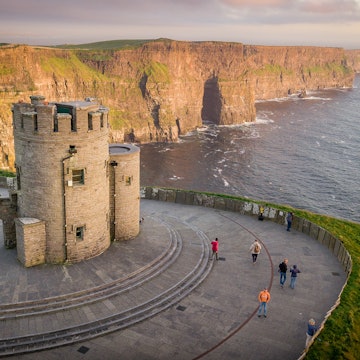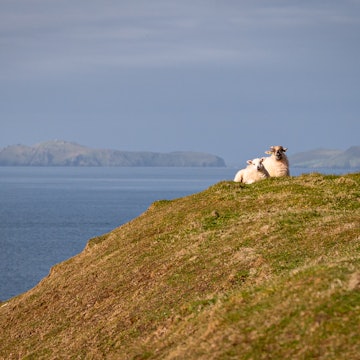
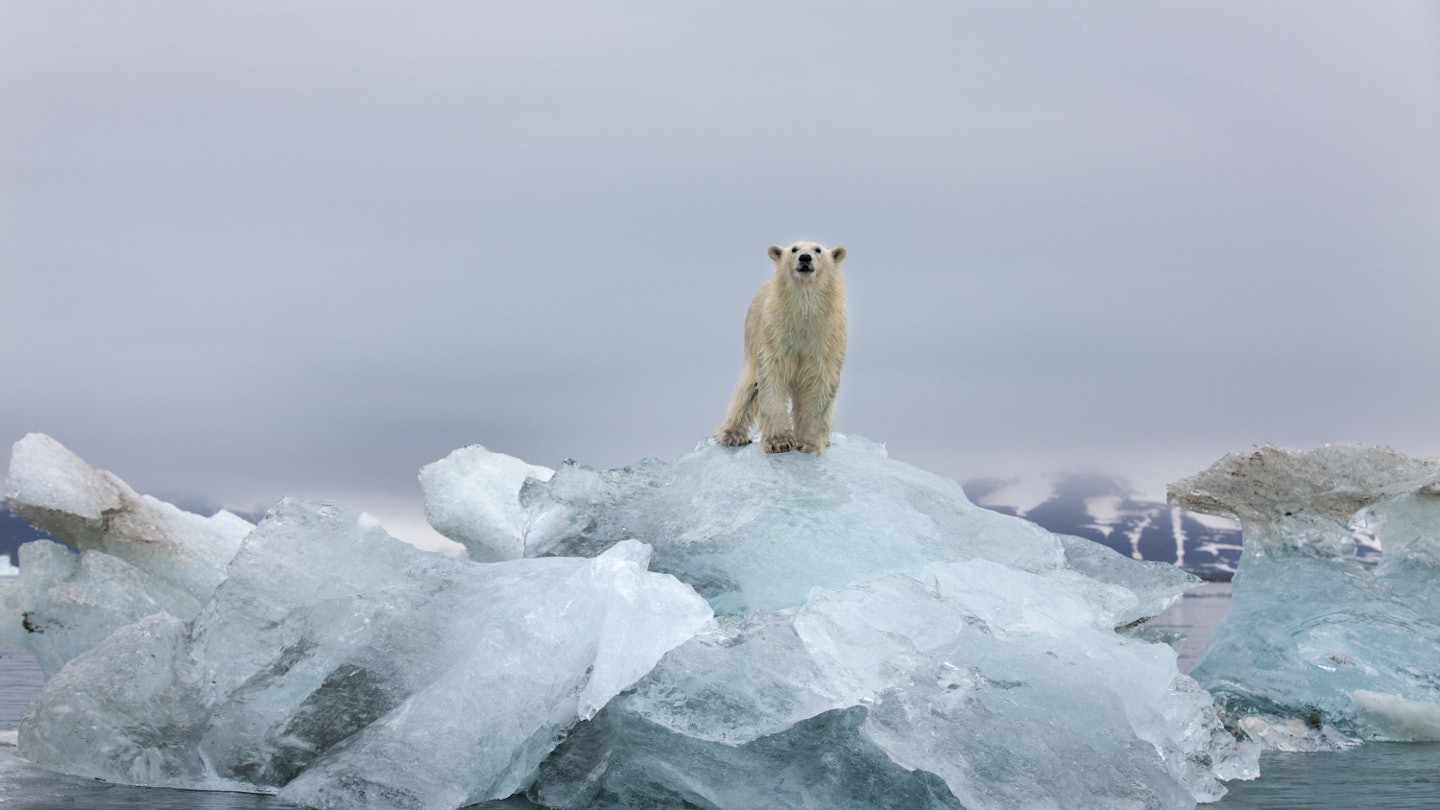
This round-up of adventures is all about getting out into the wilds – go in search of walrus, whales and polar bears around Norway’s Arctic archipelago; ride the rails into Australia’s outback; or motor along Ireland’s rugged Atlantic coastline amid long summer days.
And if a little culture is required en route, hop between historic cities and cuisine capitals on a Baltic cruise.
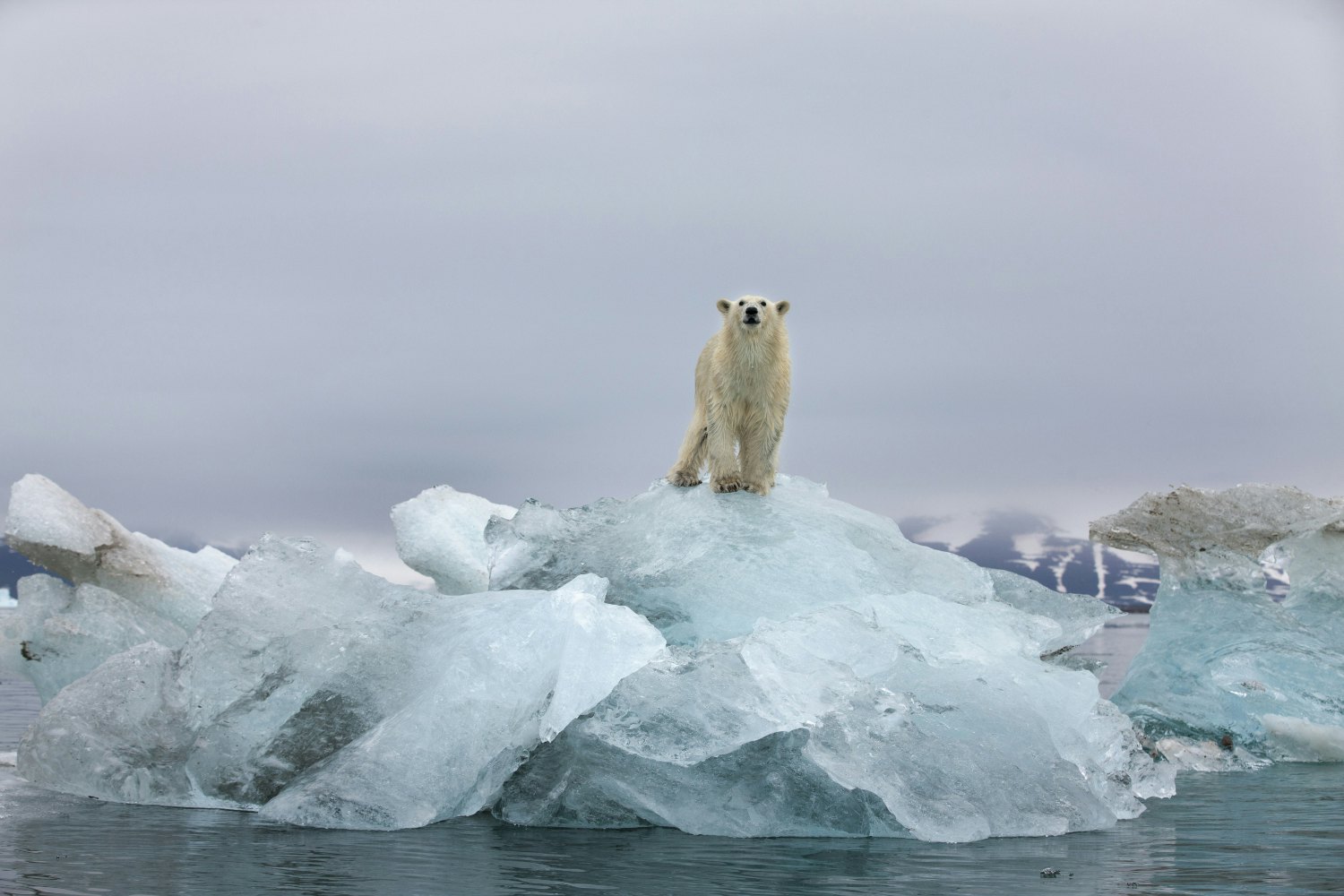
Discover bright lights, big bears and clear seas in Svalbard, Norway
At Svalbard’s lofty latitude, opportunities for cruising are limited. The northernmost shores of this high-Arctic archipelago are only free of ice for a month or two, which leaves a narrow window for sailing into the remotest fjords. But it’s a window worth hitting. In July, the seas should have cleared, the temperature reaches a balmy 5°C (41°F) and the midnight sun shines, allowing 24-hour sightseeing.
Expedition cruise vessels plough past the islands’ mountains and creaking glaciers, and guides are on the lookout for wildlife: walrus colonies, herds of reindeer, Arctic foxes, seals, whales and, of course, polar bears. Around 2000 of the magnificent mammals stalk Svalbard; in summer, when the ice breaks up, the bears stay close to the coast. Inflatable Zodiac boats will take you to shore for a better look.
Trip plan: Fly to Longyearbyen on Spitsbergen (Svalbard’s main island). Cruises from here last one to two weeks; itineraries and activities are dictated by weather conditions.
Need to know: Longyearbyen is a three-hour flight from Oslo; some cruises sail from mainland Norway to Svalbard.
Other months: Apr-Aug – midnight sun (May-Sep: boat trips); Sep-Mar – Northern Lights (Nov-Mar: very cold).
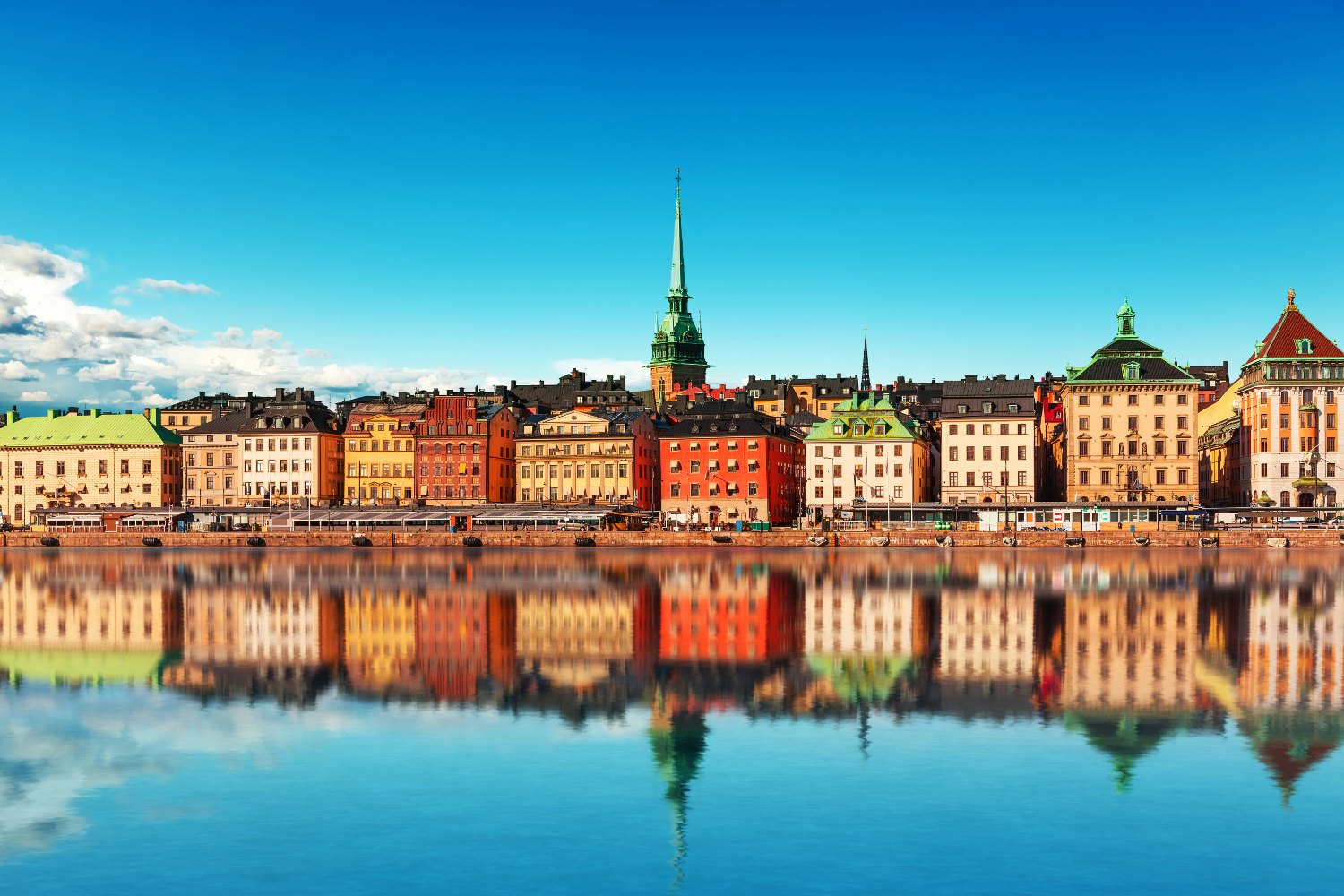
Enjoy a warm, culture-filled Baltic cruise
The best way to travel between northern Europe’s most magnificent cities is by boat. The Baltic Sea is lined with preeminent ports and, in the warmer summer months, cruise ships zip between them, showing the region to its best advantage, under the sunniest skies.
Stockholm (Sweden) and Copenhagen (Denmark) are popular embarkation points, and glorious cities themselves – spend time island-hopping in the former, eating in the latter. Other stops might include Helsinki (Finland), with its lively waterfront; medieval Tallinn, Estonia’s fairytale capital; Warnemunde (Germany) for inland excursions to Berlin; and the Unesco-listed Old Town of Riga (Latvia). For many, St Petersburg (Russia) is the highlight – boats dock here for multiple days to allow time for canal tours, the vast Hermitage gallery and visits to the countryside palaces of Peter the Great.
Trip plan: Itineraries vary, but usually include Scandinavian ports and St Petersburg as a minimum. Allow seven to 14 (or more) days. For a quick, cheap alternative, combine Helsinki and Tallinn by ferry.
Need to know: Multiple currencies are required: Norwegian krone, Swedish krona, Danish kroner, Russian rubles, euros for Finland, Estonia, Germany.
Other months: May-Sep – cruise season (Jun-Aug: warmest); Oct-Apr – cold, no cruises.

Take a trip on the Ghan for an epic outback rail ride
Named for the 19th-century Afghan cameleers who opened up Australia’s hostile Red Centre, the Ghan is one of the world’s greatest train journeys. It runs for 1864 miles (3000 km) between Darwin (Northern Territory) and Adelaide (South Australia), bisecting the remote, rusty heart of the country to link the tropical Top End and the temperate Southern Ocean.
En route lie miles and miles (and miles) of wallaby-hopped wilderness – but the view from the window doesn’t get dull. The scale, beauty and infinity of stars remain mesmerising. Stop-offs provide time for quick excursions too – perhaps a cruise along lush Nitmiluk Gorge or a nature discovery walk along dreaming trails in Simpsons Gap. July is a good time: the north is dry, the desert is cool, the south wintry but mild.
Trip plan: Darwin to Adelaide (or vice versa) in one go, takes the Ghan 54 hours, including two nights on board and short stops in Alice (for Uluru-Kata Tjuta) and Katherine.
Need to know: The Ghan has three classes: Red day-nighter seats, Gold cabins, Platinum deluxe cabins.
Other months: May-Oct – cooler; Nov-Apr – desert hot, Top End wet.
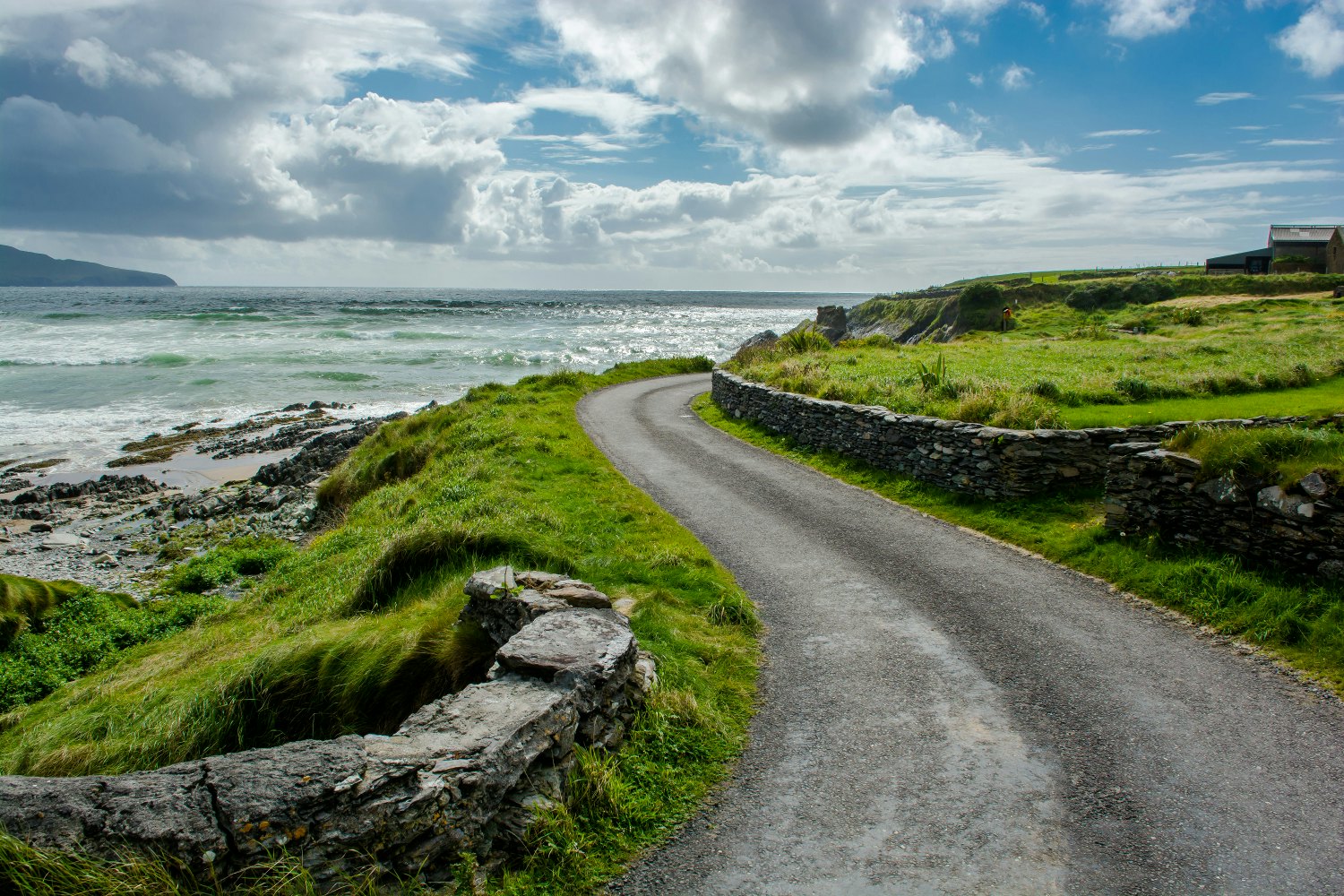
For lovely long days on the road drive Ireland’s Wild Atlantic Way
Irish weather is an unpredictable beast, especially along the Atlantic seaboard, where storms can roll in and out in a flash. However, in July – typically the country’s warmest month – you can at least rely on the light: 18 hours of it a day, allowing you to sightsee (or pub-crawl) until 11pm. This makes it a great time to hit the Wild Atlantic Way, a 1490-mile (2400km) drive along the west coast, between Kinsale (County Cork) and the Inishowen Peninsula.
The waymarked route unravels some of Ireland’s finest scenery, including Mizen Head (the island’s most southwesterly point), the massive Cliffs of Moher, fjord-side Killary Harbour and Malin Head (the most northerly point). Also along the way are 157 ‘Discovery Points’, where you can learn more. Stop in Cork for good eating and nearby Blarney Castle; trace the scenic Ring of Kerry and Dingle Peninsula; listen to live music in the bars of Galway; find surf in Sligo and Spanish Armada history in Grange.
Trip planner: Spend at least two weeks on the whole drive. Make time for diversions and absorbing the legendary craic.
Need to know: Drive south to north, so you’re on the ocean side of the road.
Other months: Mar-May & Sep-Oct – mild; Jun-Aug – warmest, long days; Nov-Feb – wettest, bracing.
Looking for more inspiration? Check out our book Where To Go When for 360 ultimate escapes from family-friendly adventures to animal encounters and relaxing retreats.
http://shop.lonelyplanet.com/world/where-to-go-when-1/









